
There's been a big internet storm about conflicts of interest policy at the
Wine Advocate of late, over on Tyler Colman's
Dr Vino blog. Tyler pointed out that there seems to be a discrepancy between the stated policy of the
Wine Advocate and the practice of some the new members of team WA.
Specifically, Robert Parker, in his
Wine Buyer's Guide, states that he doesn't accept hospitality and pays for his own trips. Some of team WA have taken press trips and work like 'normal' wine journalists in accepting samples, lunches and dinners.
Some observations.
1. The WA is probably the most widely trusted source of wine information out there. Robert Parker has set the standard when it comes to impartiality. But his stated policy needs amending because while it may still apply to him it doesn't fit the way his team operate. It's a counsel of perfection that is uneccessarily tight.
2. There's no big story here. Team WA are just doing what you do as a wine journalist. There's probably a bit of tall poppy syndrome: because of the success of WA, there are a whole load of people out there who want to have a pop and cause a bit of trouble.
3. As a wine journalist you need to have some level of interaction with the trade. It's not like being a police detective investigating the mafia, where it would be hard to argue that a close working relationship would enhance your effectiveness. We are talking about covering wine accurately and intelligently, and for me and many other wine journalists the economics just wouldn't stack up if I had to pay for all my own travel.
4. Accepting hospitality and trips isn't a big deal, in that I don't feel beholden at all. To someone outside wine journalism, the chance to travel to nice places and stay in nice places and eat nice meals might seem an enormous perk – one that would leave you feeling you owed your host something. But here's the point: it's a two-way thing. You aren't just receiving; you are giving. Specifically you are giving your time and attention, without charge, and if the wines merit it, there's the possibility of coverage. Once you rise high enough in the journalistic pecking order, then you get so many offers of trips, it's not a big deal. Don't get me wrong: I love the travel part of my job, but I don't feel accepting trips places obligations on me, and I certainly don't demand any hospitality that is offered.
5. Almost all the journalists I have met are passionate about wine, and are ambitious people who want to be successful. While there are few who have a comfortable existence living off the largesse of the trade, not rocking the boat and wallowing in mediocrity, they are in the minority. Personally, I care too much about wine to give good write ups to people doing mediocre work, and to pass over a more deserving but smaller producer in favour of a less deserving but bigger (and more hospitable) one.
6. My impression is that by far the biggest threat to wine coverage isn't conflicting interests, but people with bad palates. However free of conflicts of interests you are, if you are a crap taster then your work will be poor. If you fall for spoofy nonsense wines, or taste randomly, then being whiter than white isn't going to help.
7. In the end, it's a matter of trust. Readers should develop some sort of relationship with the writer, getting to know their preferences and underlying philosophy. Writers need to do the best work they can. Sometimes I fund my own trips (e.g. New Zealand, all my Australian visits); other times I take press trips, and sometimes from single producers. I'm learning, and these trips help me learn more – you, the reader, have to decide whether 'm compromised or not.
8. It's kind of self-regulating. You get offered trips if you have a big enough readership. f you start doing fluffy puff pieces and go soft, then you lose your readership and hence don't get offered trips. The only sustainable policy is to be honest, impartial and rigorous.
If
The Wine Advocate ends up instituting some strict conflicts of interest policy for its staff that prohibits press trips, then they'll lose out and more importantly the readers will lose out, too, because the current depth of coverage will end up being prohibitively expensive.
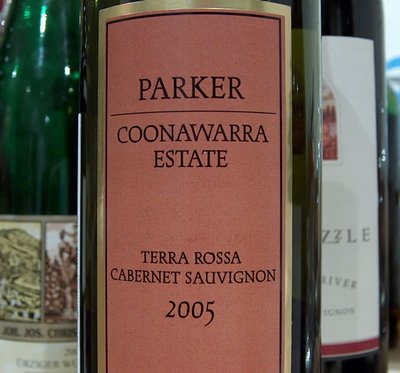 With all the attention focused on Shiraz, it's easy to forget that Australia makes some great Cabernet Sauvignon. [But, then, if you look hard enough, you'll find that Australia also makes some really great Pinot Noir. And does well with lots of other varieties, too. You just have to look hard enough.]
With all the attention focused on Shiraz, it's easy to forget that Australia makes some great Cabernet Sauvignon. [But, then, if you look hard enough, you'll find that Australia also makes some really great Pinot Noir. And does well with lots of other varieties, too. You just have to look hard enough.]
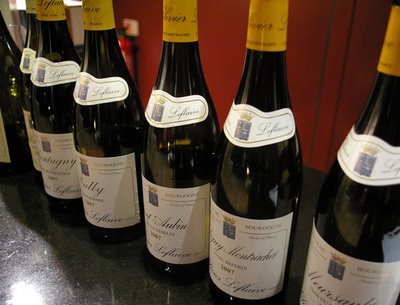
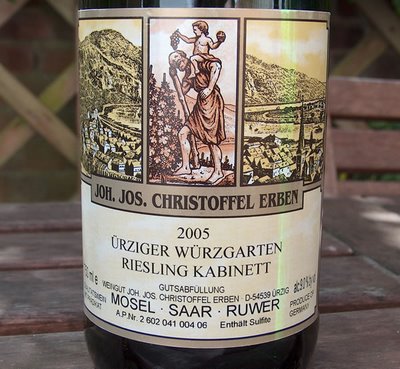

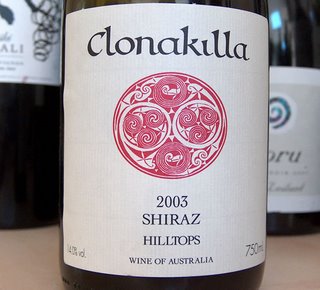

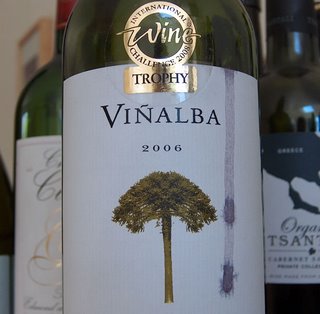
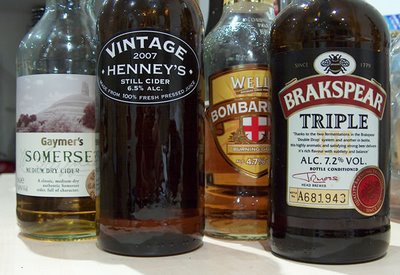
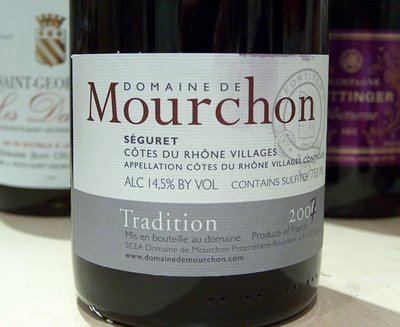
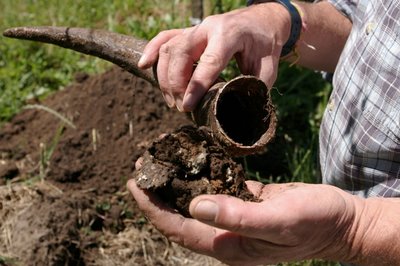

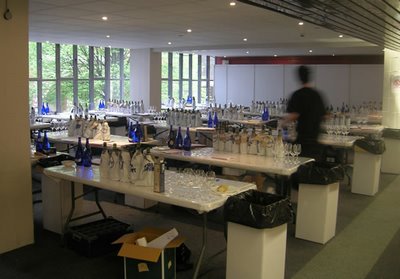
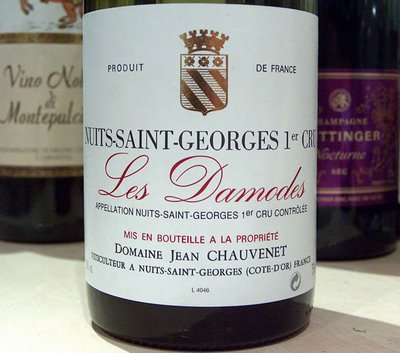

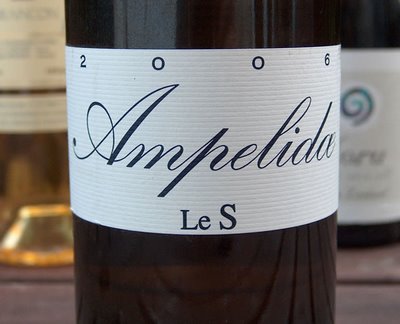
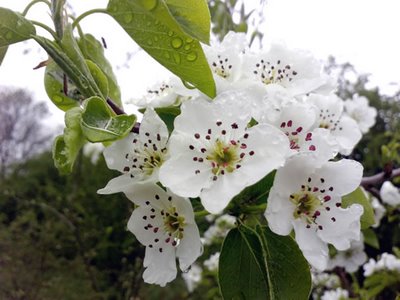
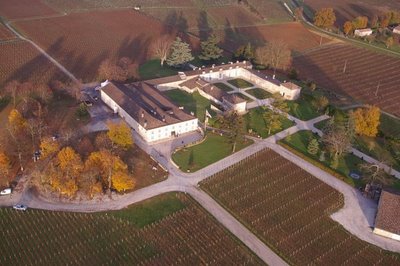
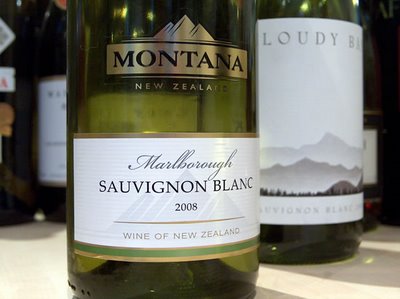
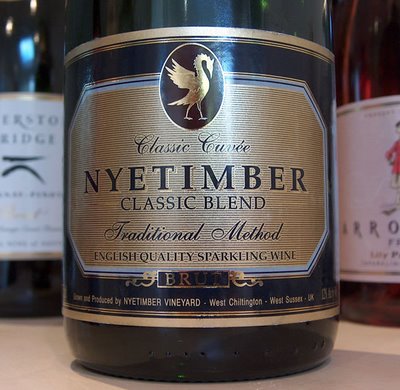
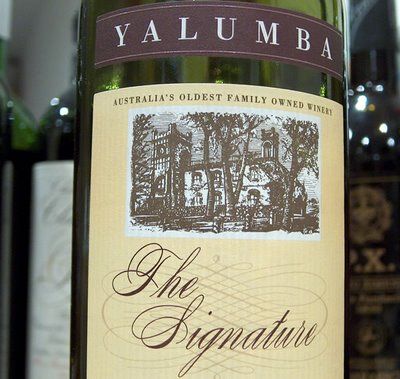
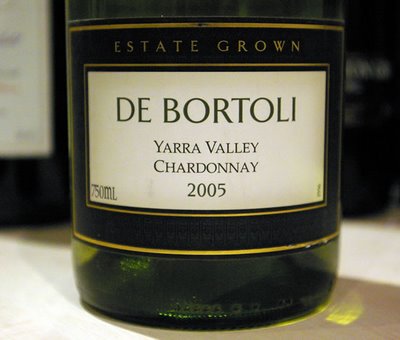
 The web log of wine journalist Jamie Goode. Feel free to nose around; your comments are welcome
The web log of wine journalist Jamie Goode. Feel free to nose around; your comments are welcome 
